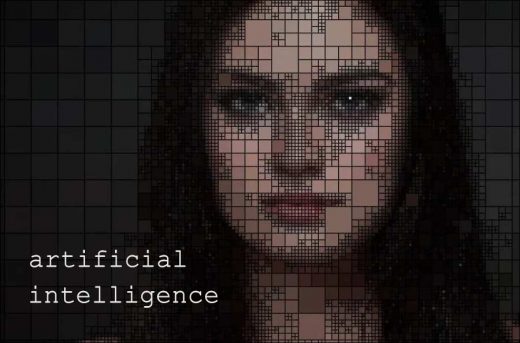Artificial Intelligence and women. The most talked about topic of recent days was the breathtaking rise of artificial intelligence technology. While giant companies such as Google were competing with each other, a very important detail caught the attention of some people. Artificial intelligence was being sexist, especially regarding women. So who was the culprit? Artificial intelligence itself or those who designed it? Let’s examine this important issue together.
In Dr. Kate Darling’s article published in Popular Science magazine, attention is drawn to the sexist behavior of artificial intelligence. As an example, Dr Darling uses an app called Lensa AI to test. Activating the “magic avatar” feature in the application, Dr Darling uploads 20 photographs to the system and marks her gender as “female”. Thus begins the production process of 50 artistic portraits by Lensa AI. The results are quite interesting.
According to Dr. Darling, the designs in her hand look quite fascinating and fantastic. However, the main point that attracts attention is that in almost all the photographs, Darling is depicted naked or with large breasts. However, he uploaded a passport photo that he used in his professional life to the system and did not provide any information about his body measurements. Moreover, in all the images presented to it by artificial intelligence, it is much more beautiful, thinner and flawless than it actually is.
In another example, an Asian woman and another woman with blonde hair and blue eyes use the same application. Interestingly, the Asian woman looks much sexier in the pictures she takes than her friend. These and similar results show that women are included in the artificial intelligence’s memory with certain stereotypes based on their country and skin color.
At this point, Dr Darling asks a question: Who is the real culprit behind artificial intelligence being sexist? At this point, what Dr. Darling wants to draw attention to is that artificial intelligence does not do this alone. Whatever we, or to be more precise, designers, give to artificial intelligence, the results are accordingly. In fact, in a way, there are similar situations with the growth of the child. So, if you teach your boys and girls certain gender stereotypes while raising them, it will not be a surprise if they think or act sexist when they become adults.
Because artificial intelligence software such as OpenAI, ChatGPT or Lensa AI all perform machine learning on billions of images on the internet. These artificial intelligences, which produce their own content over time, can present harmful, sexist or even offensive data. However, another striking issue here is that the companies that produce artificial intelligence do not accept any responsibility.
Before you use the application, the company warns you about such consequences and can say “we did not do it” in case of a sexist, racist or similar discriminatory attitude. However, although artificial intelligence produces its own content in its autonomous system, the initial inputs are determined by the designers. Moreover, the fact that some prison artificial intelligence systems in America are biased against women or African-American people reveals that this situation is a reflection of society.
Historical prejudices and injustices that have been ingrained in social memory for centuries are leaking into the systems of artificial intelligence from the vast world of the internet. Thus, artificial intelligence produces data that it is okay for a woman to have big breasts and red lips, and if she is a woman, it is okay for her to appear naked.
A scientific article written by Marvin Minsky about the sexist behavior of artificial intelligence begins with the following sentences:
“In the most basic terms, artificial intelligence technologies, which are enabled by the use of algorithms that we can define as a ‘set of instructions’, are one of the building blocks of the Fourth Industrial Revolution and one of the most effective driving forces of future technological advances.”
Pointing out that human intervention is a problem and sexist situations in the formation of artificial intelligence algorithms, Minsky reminds Amazon’s recruitment incident in 2018 in his article. First of all, an artificial intelligence evaluates the advertisement opened by Amazon and gives higher scores to the CVs of men than to women. Female candidates are eliminated with low scores. So who is programming this artificial intelligence in recruitment? Of course Amazon officials!
At this point, scientific arguments predict that artificial intelligence will eventually be much smarter than humans, and we are quite afraid of this situation. However, the real issue we should be afraid of is the future of an artificial intelligence that acts sexist or racist.
While women are currently treated sexistly in employment, advertisements, private and public life, it increases our concerns that the artificial intelligence of the future will take this situation to a much worse point. For this very reason, artificial intelligence designers and companies should take more responsibility for the content they produce and a global consensus should be reached on ethical rules.
Visits: 73





